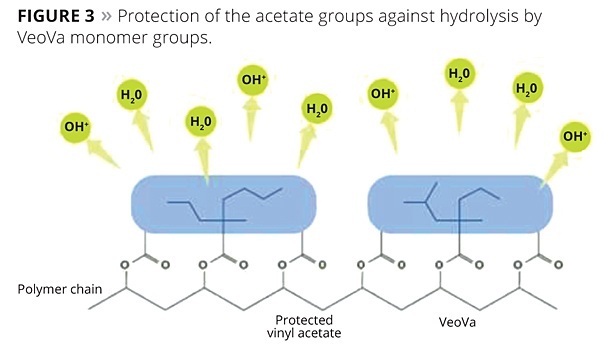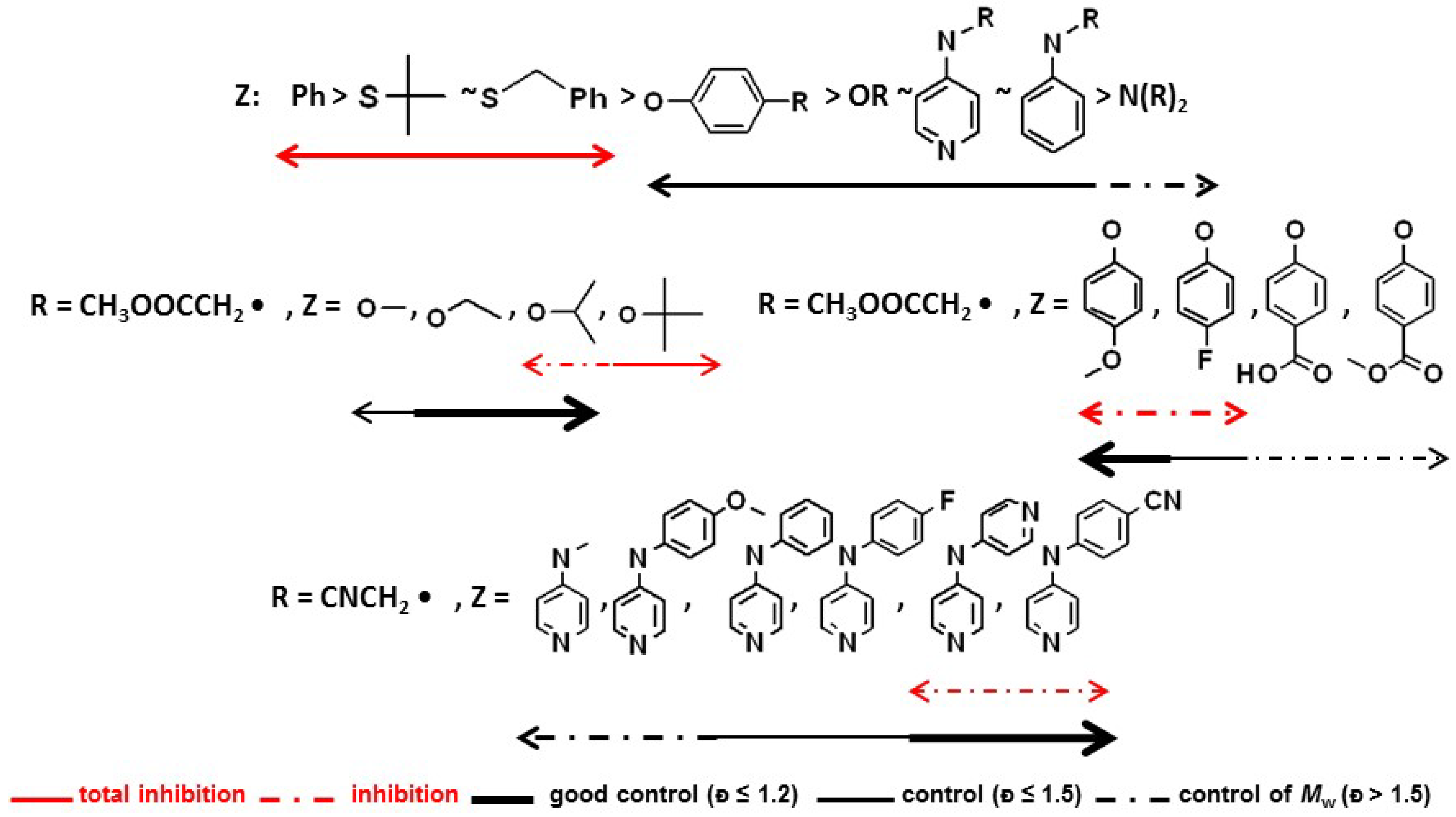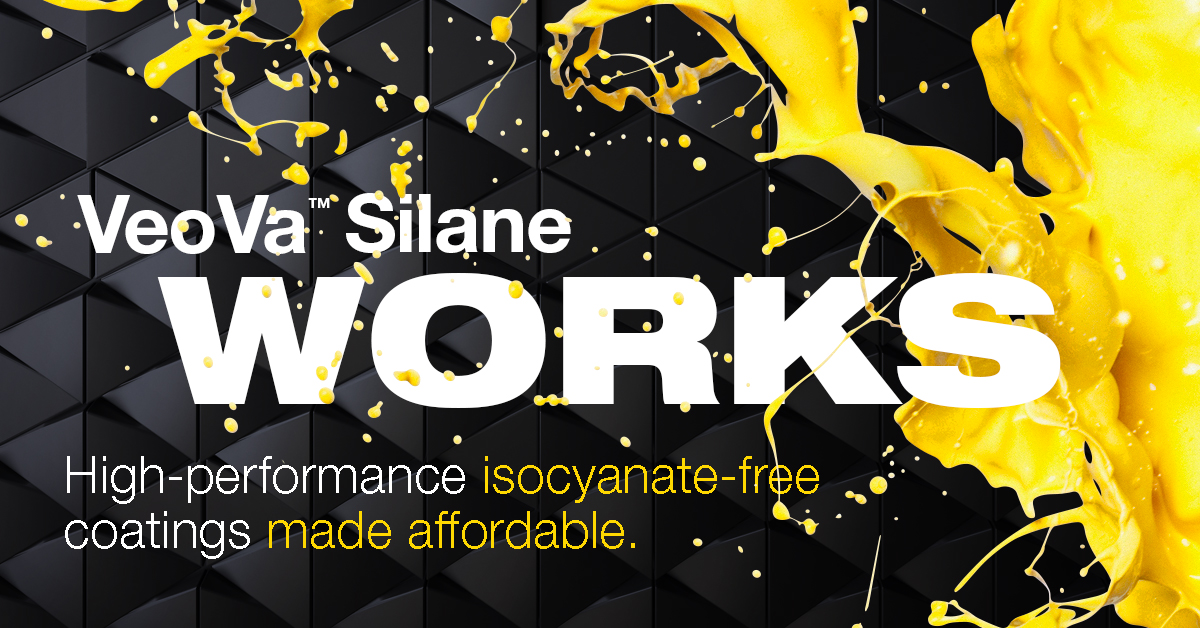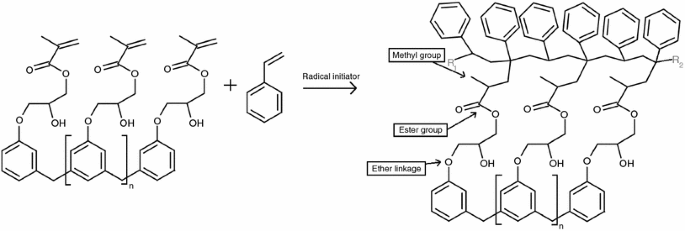These are usually applied as aqueous dispersions but can be supplied as polymer solutions providing they have sufficiently low viscosity to allow penetration.
Vinyl ester acrylic copolymer.
There is no difference in the performance of acrylic and acrylic styrene latices in mat paints formulated for use outdoors.
1 introduction emulsion paints and textured finishes are usually based on aqueous dispersions of acrylic ester or vinyl ester copolymers.
Old types include acm copolymer of acrylic acid ester and 2 chloroethyl vinyl ether containing chlorine and anm copolymer of acrylic acid ester and acrylonitrile without chloride.
Ethylene vinyl acetate terpolymers.
Copolymers with acrylic acid increase the cleaning effect of liquid detergents 11 copolymers with methacrylic acid are used as gastric juices tablet covers.
Various binder polymers are used including vinyl polymers and copolymers acrylic ester polymers and copolymers rubber and synthetic rubber and natural binders principally starches.
Eva based hot melts are able to fulfill various requirements in applications such as packaging bookbinding or label sticking.
New types do not contain chlorine and are less prone to mold related staining.
Ethylene vinyl acetate eva copolymers ethylene vinyl acetates are leading polymers for hot melt manufacturing due to their high versatility.
Copolymers of acrylic acid ethyl ester with ethene epa ethylene ethyl acrylate copolymers are suitable as adhesives and polymer additives just like ethene vinyl acetate copolymers.
Ethylene acrylic ester terpolymers.


























